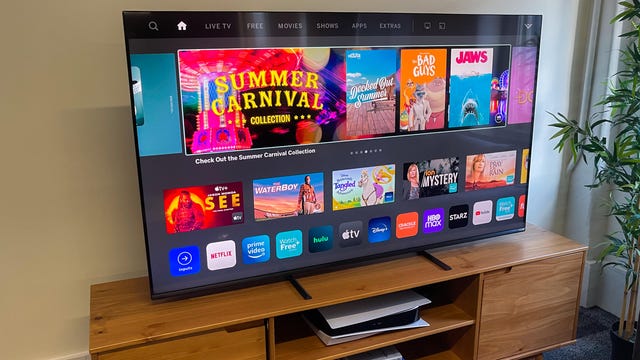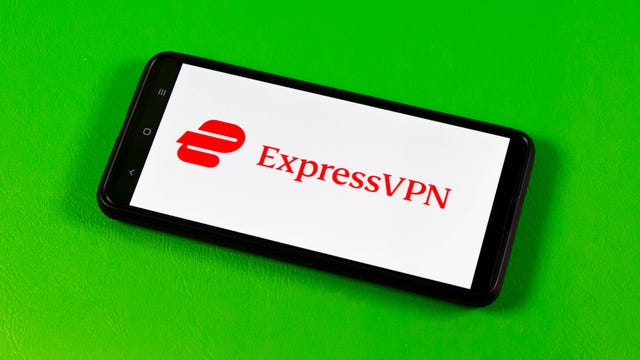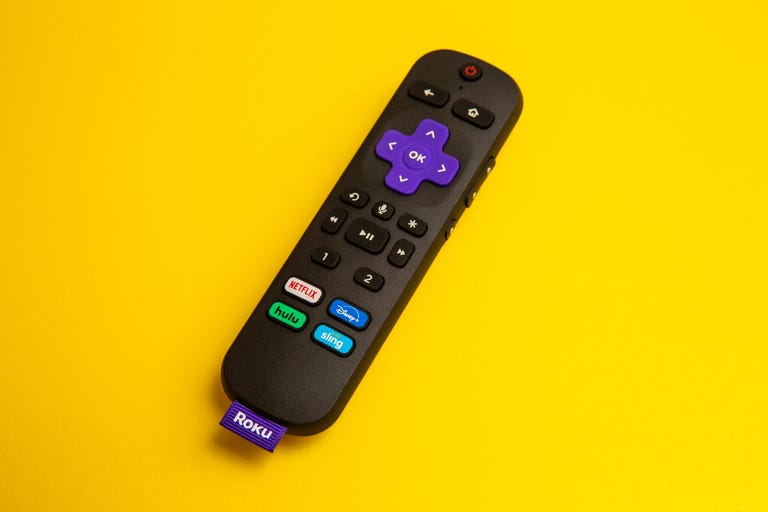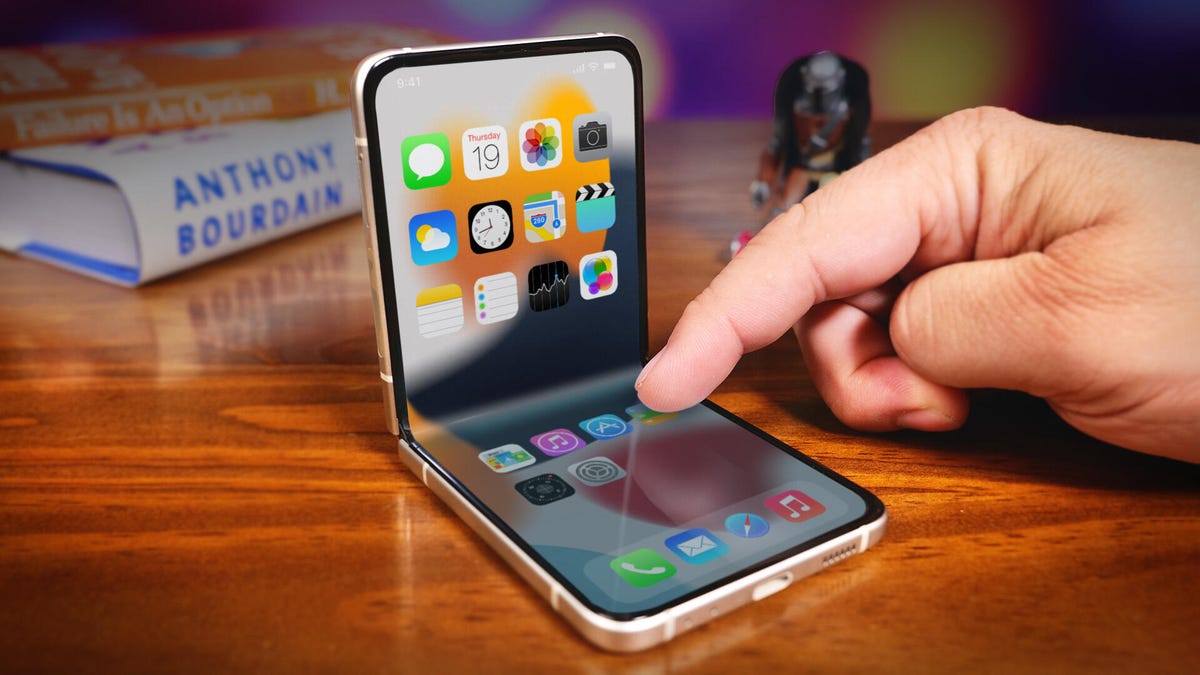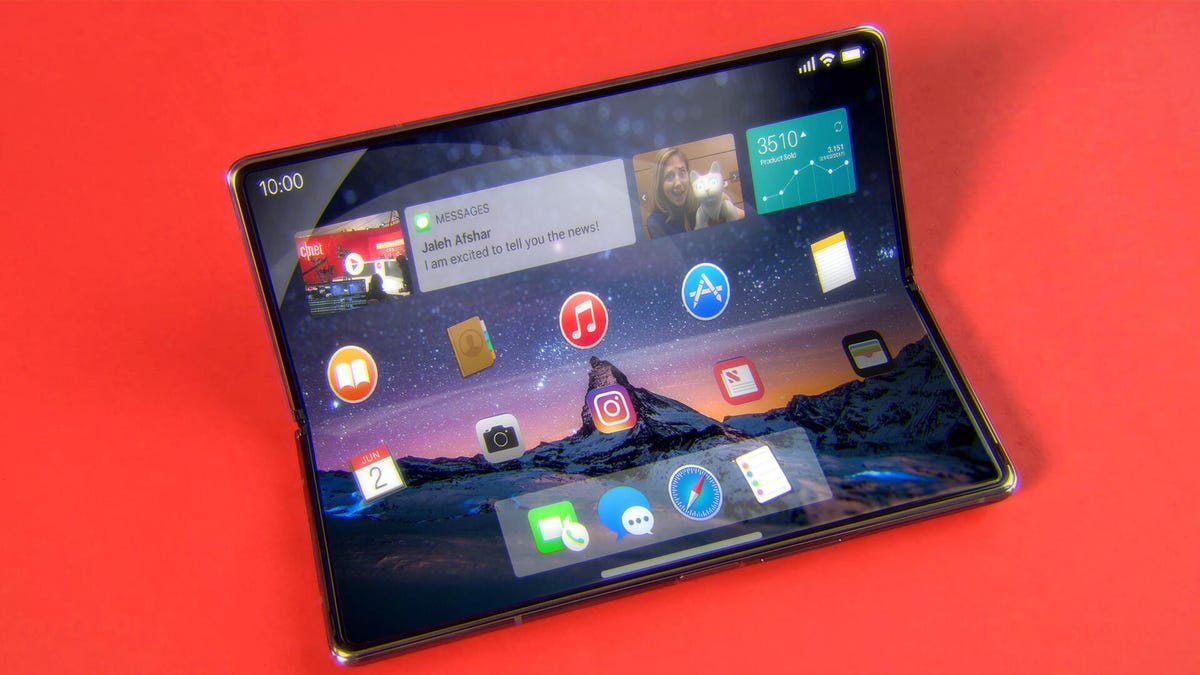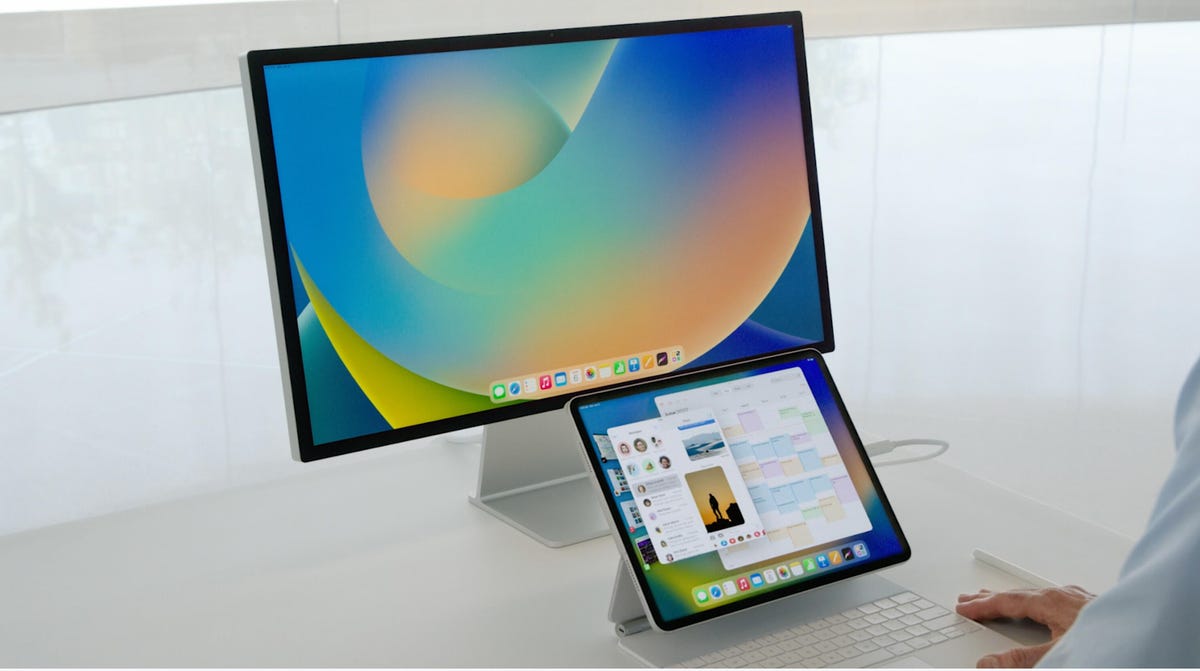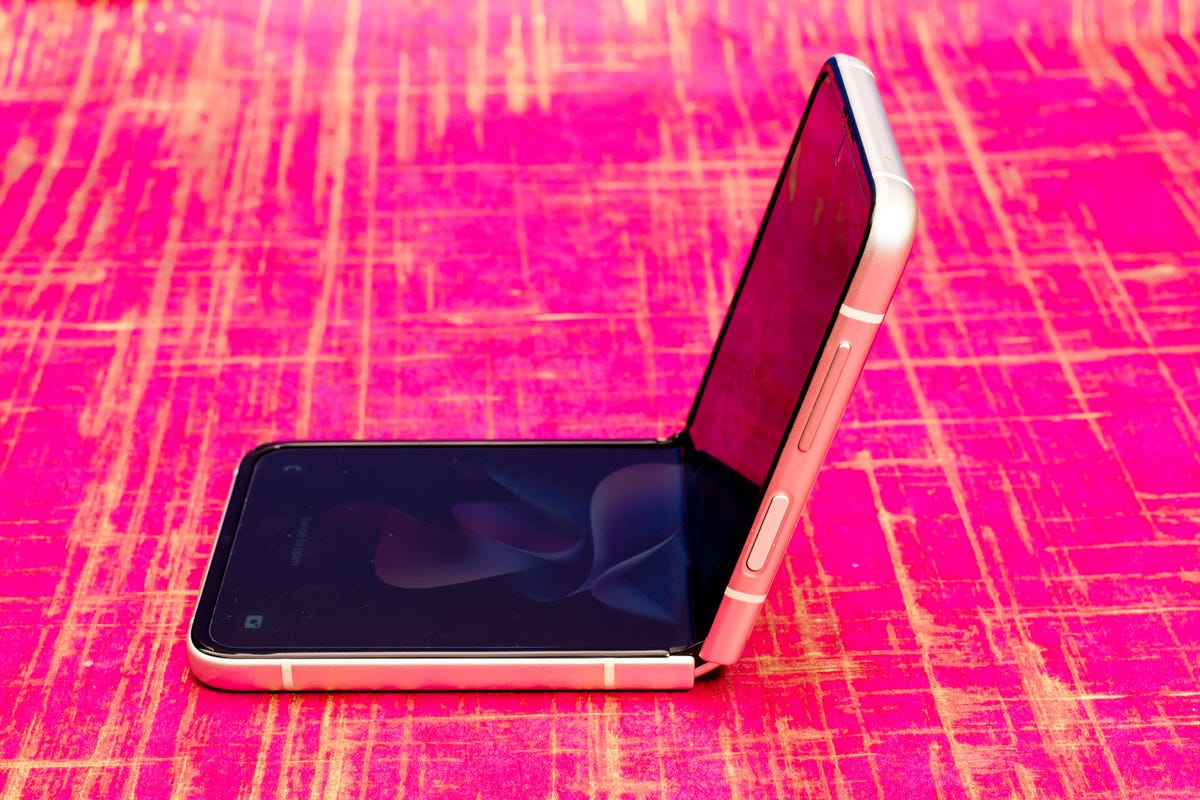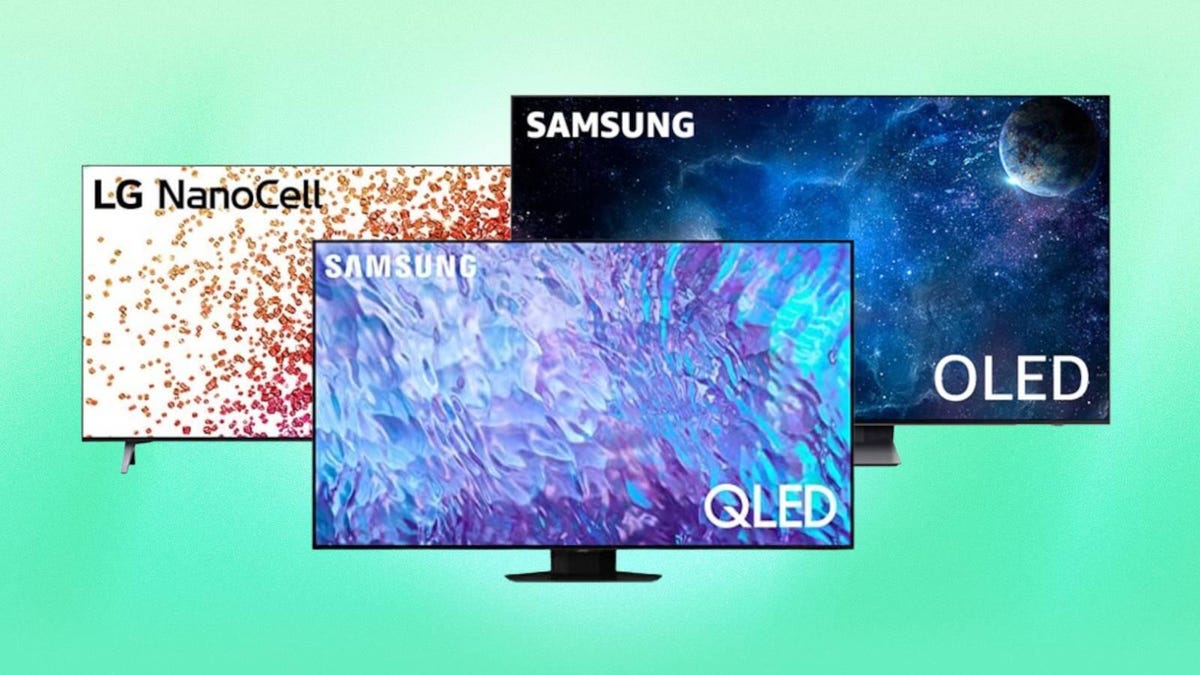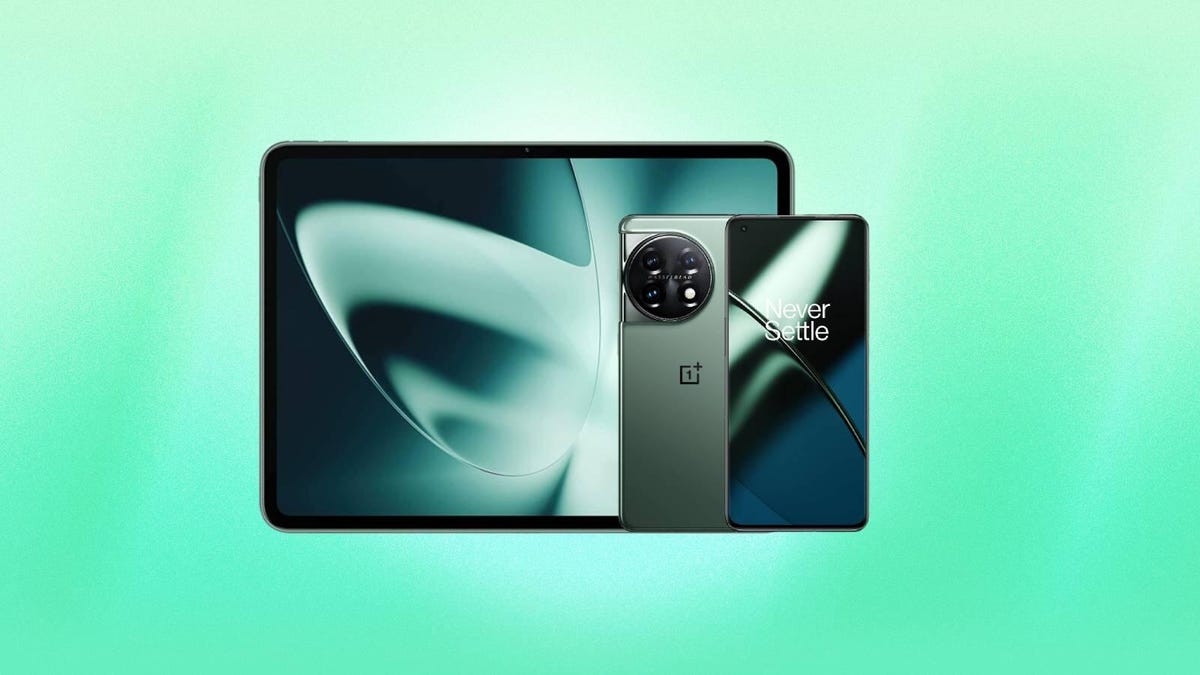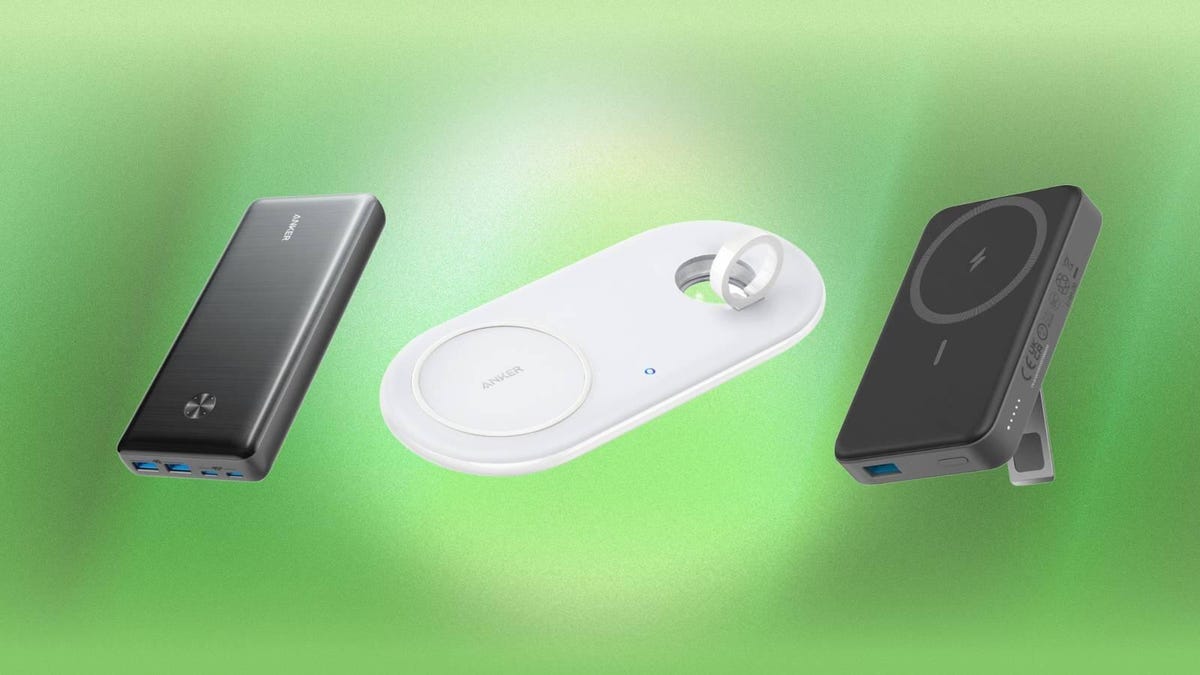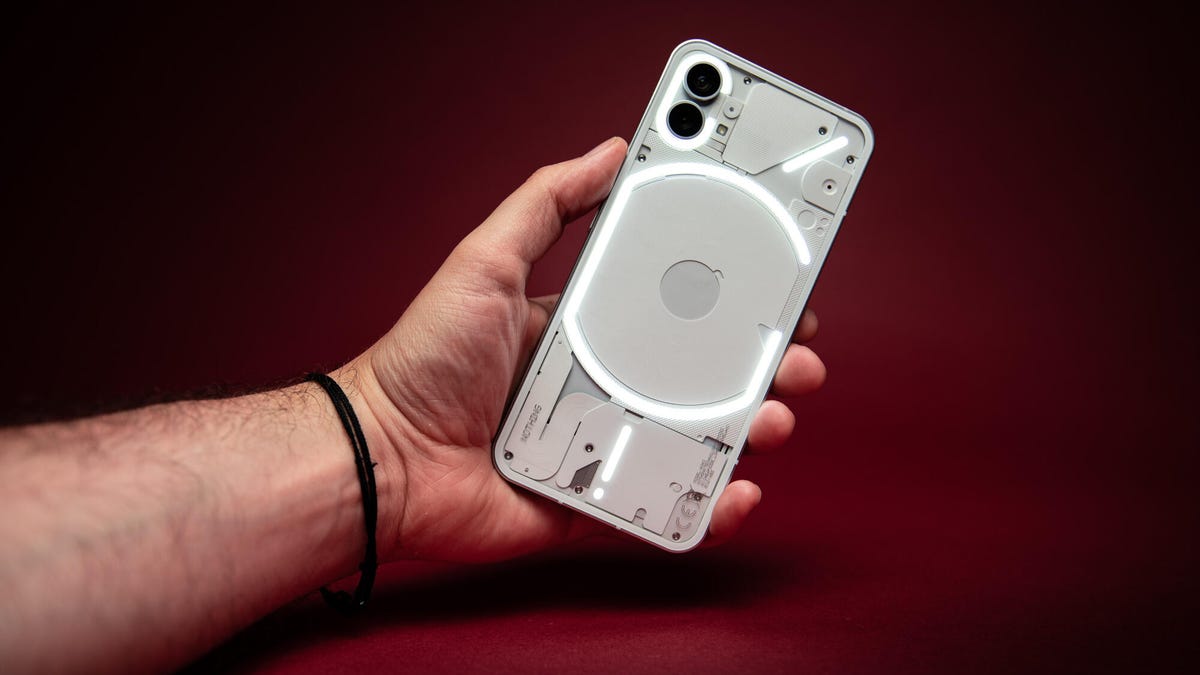2023 is having a surge of foldable phone releases. The Motorola Razr Plus launched proving that the third time is the charm (at least in the US). The $1,799 Google Pixel Fold is starting to ship to customers. And Samsung announced that there will be an Unpacked event at the end of the month where we will likely see the Galaxy Z Fold 5 and Z Flip 5.
OnePlus teased that it will launch a foldable later this year, leaving Apple as the only major US phone-maker without a foldable device. And outside the US, Huawei and Xiaomi also have foldable phones.
All of this leaves an obvious question: Where’s Apple’s foldable iPhone?
The iPhone 14 and iPhone 14 Pro are 10 months old, and despite rumors and speculation, the company hasn’t confirmed if a foldable iPhone is in development. This is particularly curious as Samsung continues to refine its foldable phone lineup, as with last year’s release of the Galaxy Z Flip 4 and the Galaxy Z Fold 4.
Since we won’t know for sure whether we’ll get an iPhone Fold or an iPhone Flip until they’re announced, I want to break down what it would take for Apple to make its first foldable based on everything we know about how the company designs, builds and markets its hardware.
Apple doesn’t comment on future products
The first thing to consider is that Apple doesn’t announce products until they’re ready. OK, there was the AirPower wireless charging pad. But otherwise Apple isn’t going to tell us it’s working on a foldable iPhone or confirm rumors.
Next, Apple typically positions products as a solution to a problem, highlighting quality and innovation.
The Galaxy Z Fold seems less like an answer to a problem and more of a “look at this tech wizardry, what can we do with it?!” And the cool factor, as ingenious as it is, comes at the expense of features we expect from regular phones, including battery life, ergonomics, software experience and price. The Galaxy Z Flip solves the problem of portability, but it comes with some of the same drawbacks as the Fold, particularly around battery life and camera quality.
To be fair, the Galaxy Z Fold 3 took a significant step forward by embracing its large main screen and adding support for Samsung’s S Pen stylus. And the Z Fold 4’s improved Flex Mode for apps seems like it might tip the balance, making the Fold more useful than just cool.
If Apple were to release a foldable iPhone, what problem would it solve? Could it be an iPhone Flip, replacing the iPhone 13 Mini by offering you a big screen that’s still pocket-friendly? Or would it be an iPhone Fold — more like an iPad Mini that folds in half, making its closed size more like that of the iPhone 13 Pro Max? Or will we see a design that doesn’t exist yet? What about an iPhone Roll, where the screen unrolls like an expanding window shade? That’s where rumors start to enter the picture.
iPhone Fold rumors
Back in January 2021, Mark Gurman wrote for Bloomberg that Apple “has begun early work on an iPhone with a foldable screen, a potential rival to similar devices from Samsung.”
And in May of that year, analyst Ming-Chi Kuo said, as reported by MacRumors, that “Apple will likely launch a foldable iPhone with an 8-inch QHD Plus flexible OLED display in 2023.” He revised his prediction, in a tweet this past April, to say that it might be 2025 before there’s a foldable screen device from Apple. It’s also worth noting that Kuo’s tweet was on April 1, which means it could have been an April Fools’ joke.
Both Gurman and Kuo have excellent track records when it comes to Apple rumors. So if these reports are accurate, we’ll see a foldable iPhone in 2025. It will be about the size of an iPad Mini and it’ll fold in half. End of story. But hold on.
How to make a foldable iPhone
Before Apple makes a foldable iPhone, it has to figure out how to make a foldable iPhone. Research company Omdia reports that in 2021, 11.5 million foldable phones shipped. Apple sells hundreds of millions of iPhones a year. So if it makes a foldable iPhone, it has to be certain that it can manufacture the phones at the same quality and in a high enough quantity to meet demand. More times than not when Apple introduces a radical hardware change — like 2014’s iPhone 6 Plus and its larger screen — those models are hard to find at launch because they sell out quickly. Sometimes they’re given a later release date, as we saw with the iPhone 12 Mini and 12 Pro Max launch.
Then there’s the physical complexity that needs to be considered. Foldable phones have numerous mechanical parts that could malfunction or wear out, such as hinge components that keep dust out and the various layers behind the folding screen. In fact, when journalists tested review units of the original Galaxy Fold, the device was plagued by hinge and display failures. That was years ago, of course, and Samsung has since fixed those issues. But it shows what can happen with first-gen products.
If a foldable iPhone is in the works, Apple will likely innovate its design to minimize the parts and mechanisms involved, which should reduce the possibility of the phones failing because something breaks. The Cupertino company has a great track record in this area.
When Apple released the iPhone 7, it replaced the home button with a faux home button so there was one less mechanical part that could possibly break. And if you’ve ever owned or used a MacBook, you know Apple is at the top of its game when it comes to hinge design, and dependability. Apple also sells AppleCare Plus, its service for repairs and support — and includes a global infrastructure to support it — which could help relieve concerns over problems or accidental damage.
iOS and iPadOS would need to be revamped
And then there’s the software. One UI, Samsung’s name for its take on Android, has to be the most underappreciated aspect of the Galaxy Z Flip and Z Fold. These new designs would have to simultaneously do all the things we expect from current phones while also creating new functionality that takes advantage of their folding screens. They’d also have to do all of these things flawlessly without any bugs or hiccups. And if Google does launch the Pixel Fold, I’d expect there to be even better Android support for foldables.
For instance, the Galaxy phones’ Flex Mode has been around for years. Essentially, when the Fold or Flip are folded into an L-shape, like a mini laptop, the software shifts an app to the top half of the screen while providing functionality at the bottom. Sounds cool and full of possibilities, right?
Well, until this year that functionality has been limited. That’s why it matters that Samsung’s Z Flip 4 and Z Fold 4 let you turn the bottom half of their screens into touchpads while they’re in Flex Mode. The company is now showing an added benefit of the fold.
I’d like to see even more software optimized for foldable phones. And I expect Apple will face the same challenges as Samsung did, especially when adapting iOS and iPadOS.
In recent years, iOS and iPadOS have drifted apart as Apple has created more iPad-specific features that wouldn’t make sense on an iPhone. A foldable iPhone, especially in the style of a Galaxy Z Fold 4, would require a reunion of the two operating systems. Or, Apple would have to develop a new software platform that can morph between a tablet and phone mode.
Apple would likely develop a unique software feature (think iMessage or Portrait Mode) to help make its foldable phone standout from what everyone else is doing.
How much would you pay for a foldable iPhone?
Foldable phones ain’t cheap. The Galaxy Z Fold 4 starts at $1,800 and the Galaxy Z Flip 4 at $1,000. And it’s no surprise that prices for Apple products are already at the higher end. So if an iPhone 14 Pro that doesn’t fold in half already costs $1,000, what would be the price for one that does?
For a foldable iPhone to be successful, Apple would need to create a problem-solving design, scale manufacturing without sacrificing quality and develop hardware along with software that make the most of its foldable build. The price would also have to be premium, but not too high.
So where’s the foldable iPhone? Still in the oven.
